Can Hydrangea Grow in a Pot? A Guide to Successfully Growing Hydrangeas in Containers
Hydrangeas can grow in a pot. Growing hydrangeas in a pot is an excellent way to incorporate these beautiful plants into smaller gardens or patio spaces.
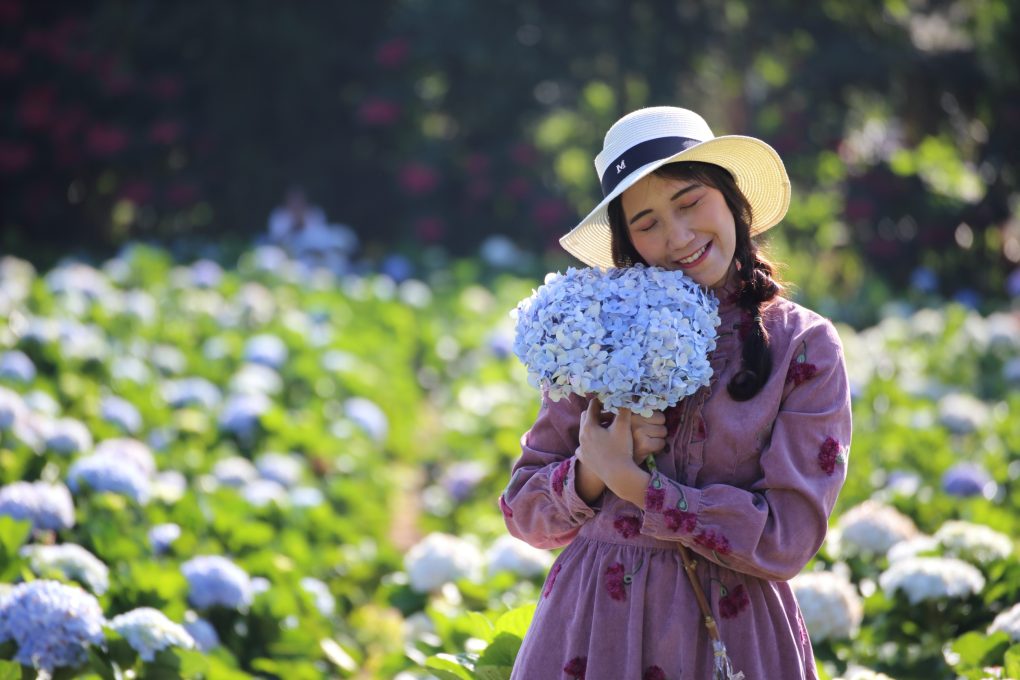
Choose a pot at least 18 – 24 inches in diameter to ensure healthy growth and use well-draining soil. Potted hydrangeas need frequent watering, as they dry out faster than in-ground plants. Remember to provide adequate sunlight, as most hydrangeas thrive in partial shade. With proper care, your potted hydrangea will flourish and bloom beautifully.
Table of Contents
Benefits of Growing Hydrangeas in Pots
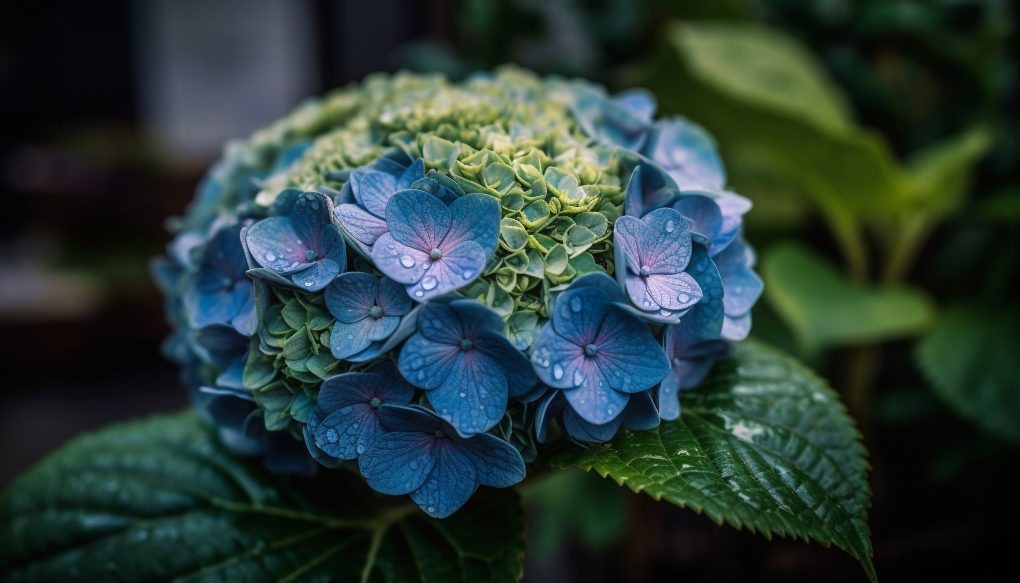
Hydrangeas are beautiful flowering plants that add a touch of elegance to any garden or outdoor space. While they are typically grown in the ground, they can also thrive in pots. There are several benefits to growing hydrangeas in pots.
Easy Maintenance
One of the biggest benefits of growing hydrangeas in pots is the ease of maintenance. Potted hydrangeas require less watering and pruning than those grown in the ground because pots retain moisture better than the soil in the ground. Potted hydrangeas are easier to fertilize, and you can easily move them to a more shaded or sunny location depending on their needs.
Portability
Another benefit of growing hydrangeas in pots is their portability. You can move potted hydrangeas around your outdoor space to create a more dynamic and visually appealing landscape. For example, you can place potted hydrangeas on your patio during a party or special occasion, then move them back to their original location when the event ends. This flexibility allows you to experiment with different landscaping designs and arrangements.
Customization
Finally, growing hydrangeas in pots allows you to customize their growing conditions. You can choose the type of soil, fertilizer, and pot size that best suits your needs. This is especially important if you live in an area with poor soil quality, as you can provide your hydrangeas with the ideal growing conditions they need to thrive. Additionally, you can choose from various pot colors, shapes, and sizes to match your style and preferences.
Choosing the Right Pot for Hydrangeas
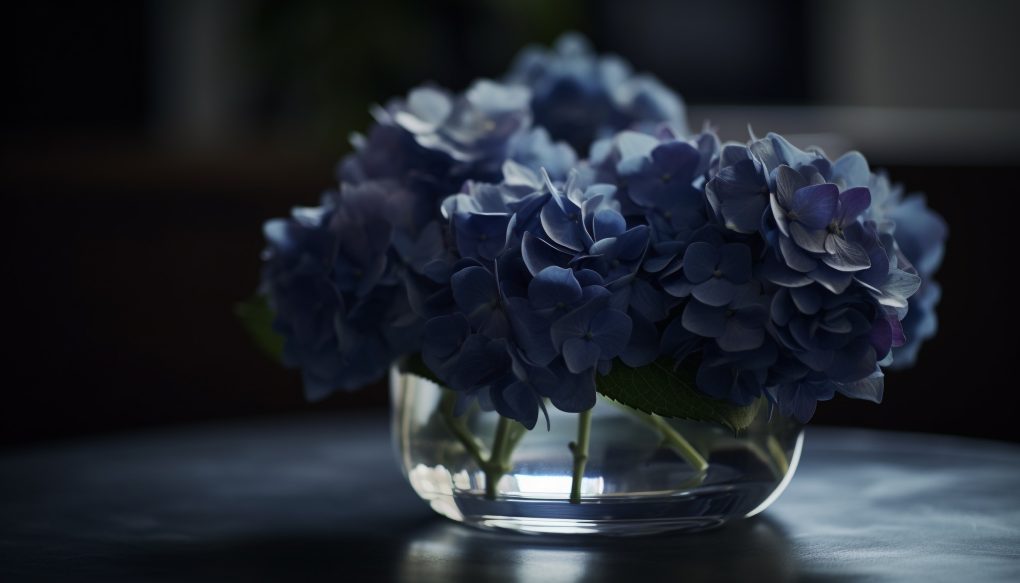
Hydrangeas are beautiful and versatile plants that can be grown in pots. Choosing the right pot is essential for the health and growth of your hydrangea. Here are factors to consider when selecting the perfect pot for your hydrangea.
Size
The size of the pot is an important factor to consider when growing hydrangeas in pots. Hydrangeas that are planted in too small pots will grow slowly and become root-bound. On the other hand, a pot that is too large can hold too much water and cause the roots to rot, so choosing a pot at least 16 to 24 inches in diameter for a single hydrangea plant is recommended.
Drainage
Hydrangeas require well-draining soil to thrive. A pot with poor drainage can cause the soil to become waterlogged, leading to root rot and other diseases. Ensure your pot has drainage holes at the bottom to allow excess water to drain. You can also add a layer of gravel or stones at the bottom of the pot to improve drainage.
Material
The material of the pot can also affect the growth and health of your hydrangea. Clay pots are great for hydrangeas as they are porous and allow air and water to pass through. However, they can become heavy when filled with soil and water. Plastic pots are lightweight and easy to move around but may not provide adequate drainage. Wooden pots are also a good option but may rot over time if not properly maintained.
When choosing a pot for your hydrangea, consider the size, drainage, and material to ensure the best possible growing conditions for your plant.
Preparing the Potting Mix
When growing hydrangeas in pots, using the right potting mix is important to ensure healthy growth and beautiful blooms. Here are factors to consider when preparing the potting mix:
Soil Type
The potting mix should be well-draining and rich in organic matter. By combining equal amounts of peat moss, perlite, and compost, you can make a good mix. This will provide the right balance of water retention and aeration for the roots.
Fertilizer
In order to thrive, Hydrangeas in pots need regular fertilization. You can use a slow-release fertilizer high in phosphorus to promote blooming. Alternatively, you can use a liquid fertilizer every two weeks during the growing season. For the best results, follow the manufacturer’s instructions.
pH Level
Hydrangeas prefer slightly acidic soil with a pH range of 5.2 to 6.5. Test the potting mix with a pH meter or test kit and adjust as necessary. If the pH is too high, add sulfur or aluminum sulfate to lower it. If it is too low, add lime to raise it.
Planting and Caring for Hydrangeas in Pots
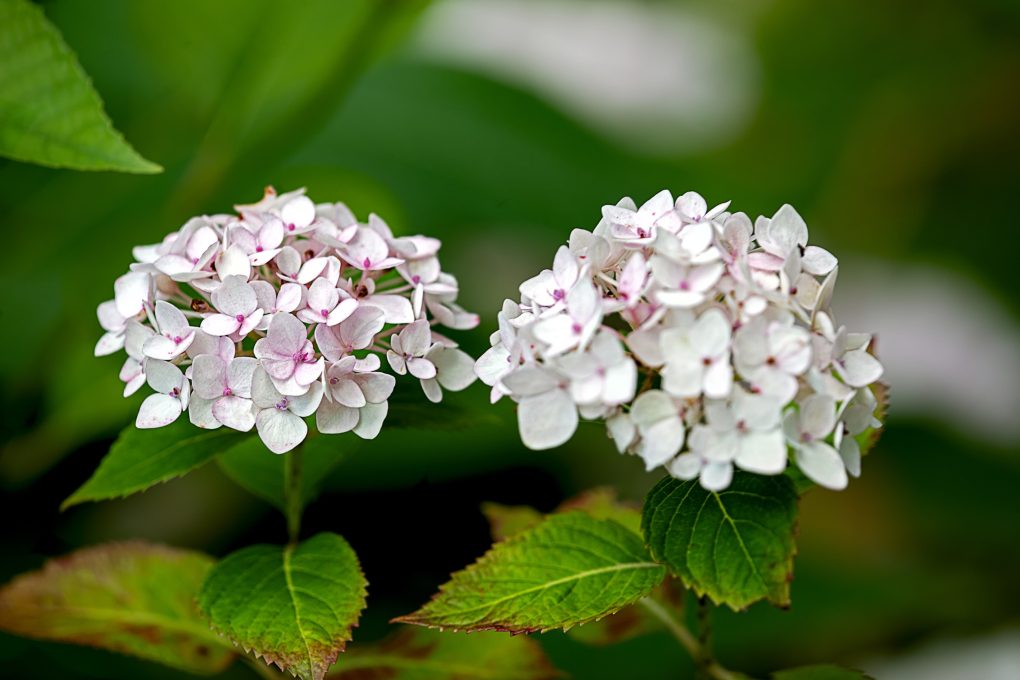
Planting Time
Hydrangeas can grow in pots and containers, making them a great choice for those who do not have a lot of outdoor space. When planting hydrangeas in pots, it is important to choose a large container to accommodate the plant’s root system. The plant should be placed in a pot at least 18 inches in diameter and 18 inches deep.
Hydrangeas should be planted in the spring or fall. When planting, make sure that the soil is moist and well-draining. If the soil in the pot is not well-draining, add some perlite or sand to the soil to improve drainage.
Watering
The soil should be moist, but not soggy, when watering hydrangeas in pots. Overwatering can result in root rot and other problems.
When watering hydrangeas, water them deeply, allowing the water to soak into the soil. Hydrangeas dislike being watered from above, so water them at the base.
Pruning
Pruning is important for the health and appearance of hydrangeas in pots, therefore, the plant should be pruned in the late winter or early spring, before new growth appears.
When pruning, remove any dead or damaged branches. If the plant is getting too large for the pot, it can be pruned back to a more manageable size.
Not all hydrangeas need to be pruned, and some varieties, such as the Endless Summer hydrangea, do not require pruning.
Common Problems and Solutions
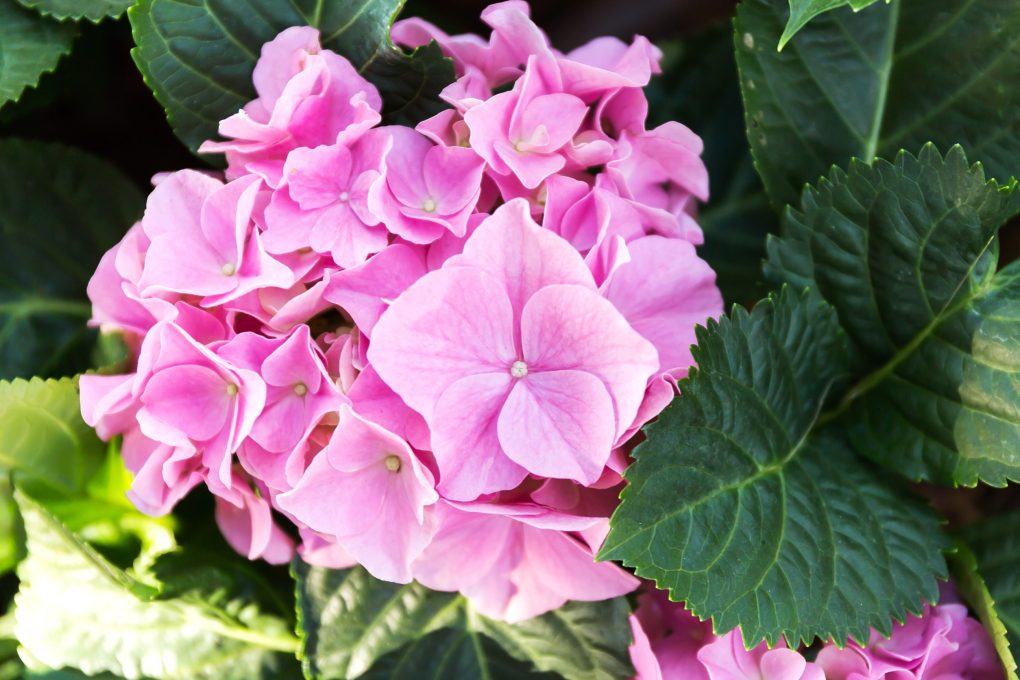
Pests and Diseases
Hydrangeas in pots are susceptible to pests and diseases like any other plant. Common pests include spider mites, aphids, and mealybugs. These pests can cause damage to the leaves and flowers of the plant. To prevent pests, keep the plant clean and free of debris. Use a gentle insecticidal soap to control pests if necessary.
Fungal diseases such as powdery mildew and leaf spot can also affect pot hydrangeas. These diseases can cause yellowing leaves and brown spots. To prevent fungal diseases, ensure the plant has adequate air circulation and is not overcrowded. Use a fungicide if necessary.
Yellowing Leaves
Various factors can cause yellowing leaves on hydrangeas in pots. Overwatering or underwatering can cause yellowing leaves, as can poor soil quality. To prevent yellowing leaves, ensure the plant gets the right amount of water and is planted in high-quality soil. Fertilize the plant regularly to ensure it has the nutrients it needs to thrive.
Yellowing leaves can also indicate pests or diseases, so check the plant for any signs of infestation or infection.
Wilting
Hydrangeas in pots can wilt if they lack water or the soil is too dry. To prevent wilting, ensure the plant gets enough water and the soil is moist but not soggy. Hydrangeas in pots may need to be watered more frequently than in the ground.
In addition to wilting, root rot can also be caused by overwatering or poor drainage. To prevent root rot, ensure the pot has adequate drainage holes and that the soil is well-draining.
